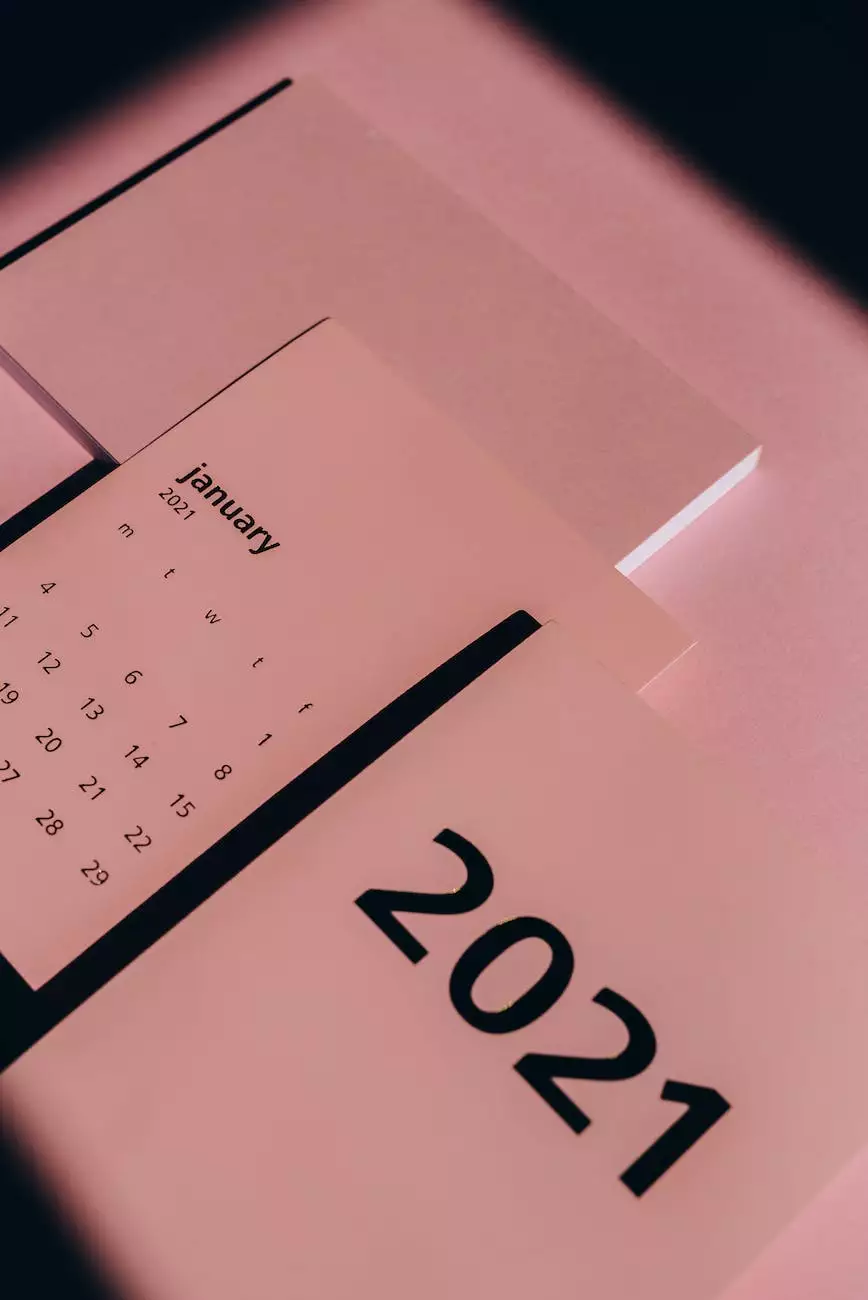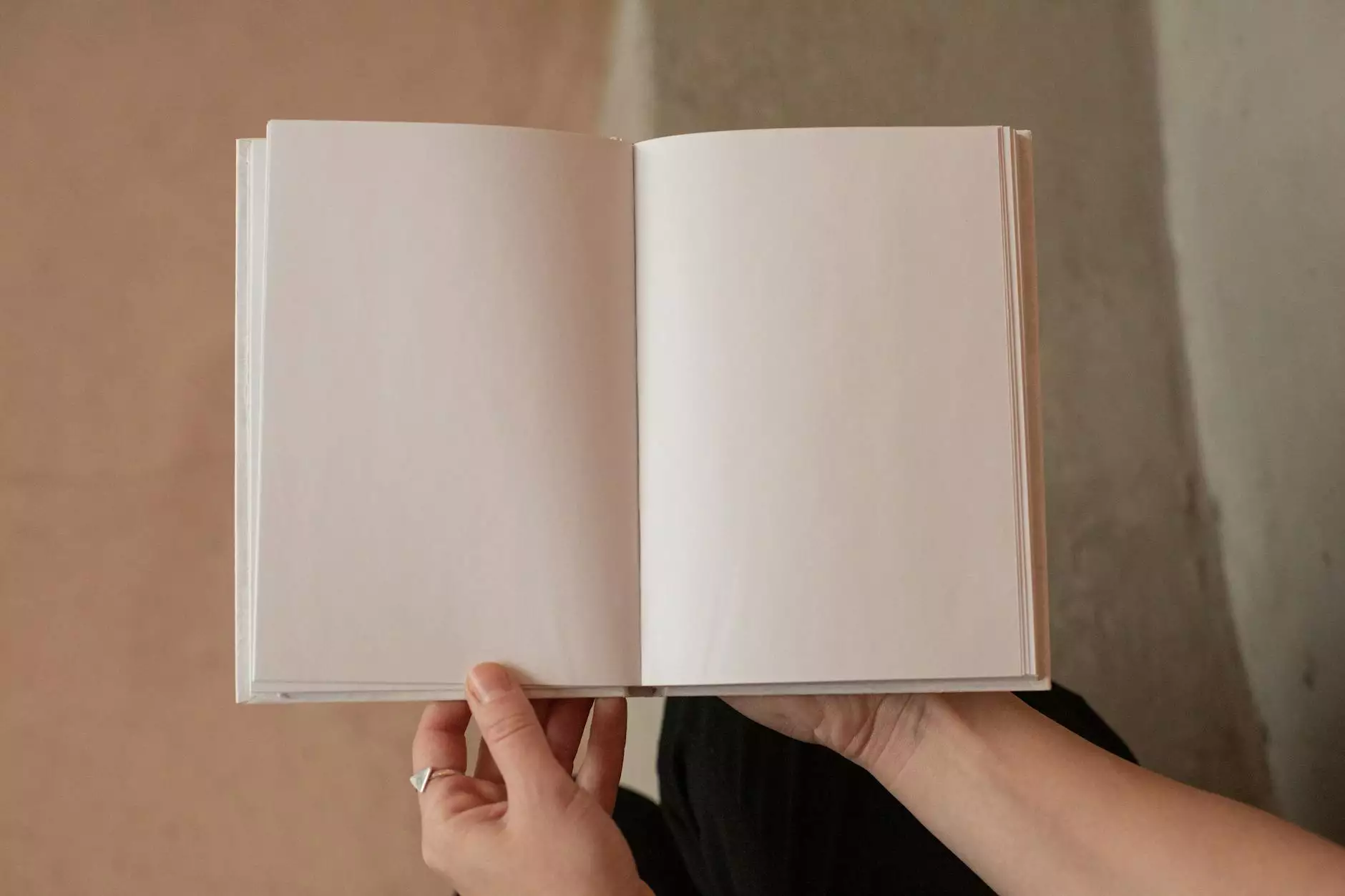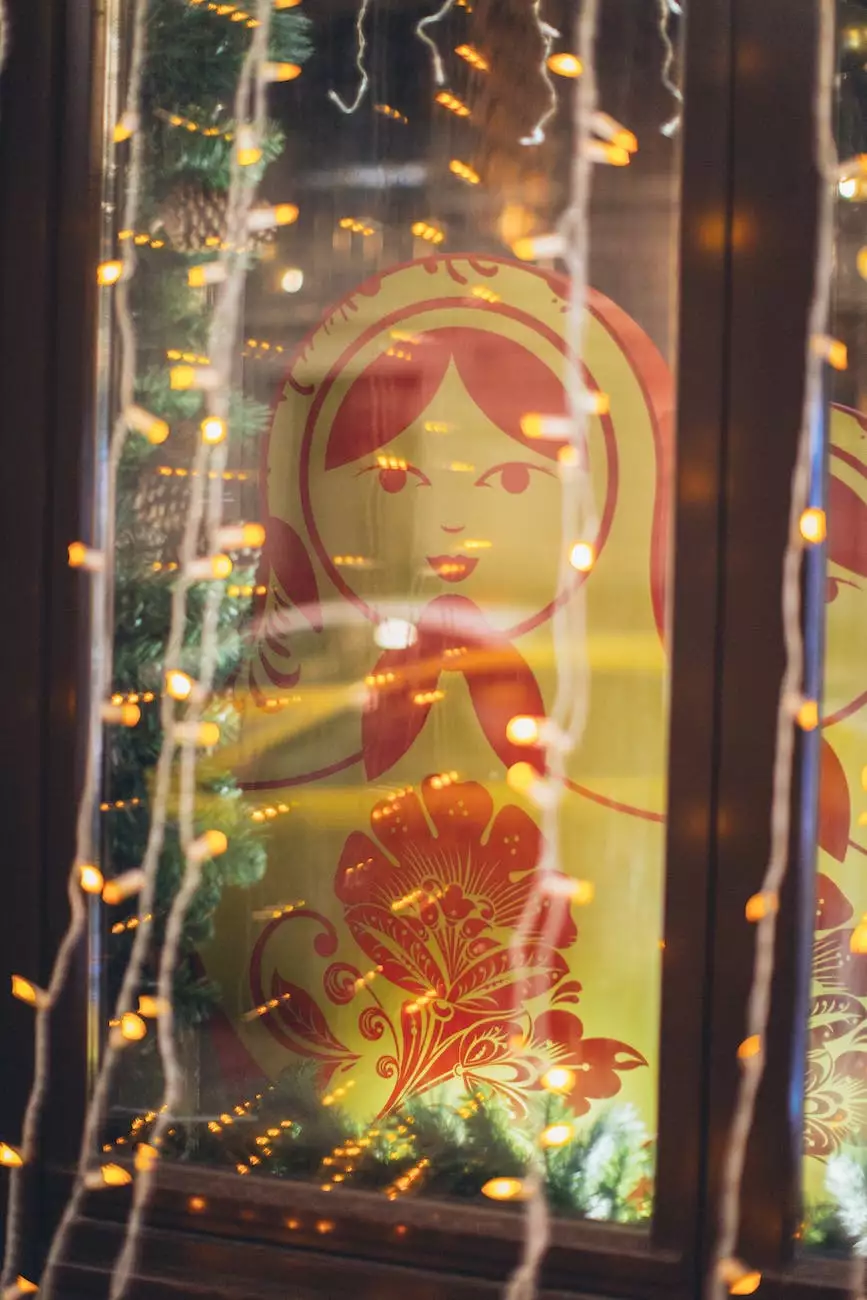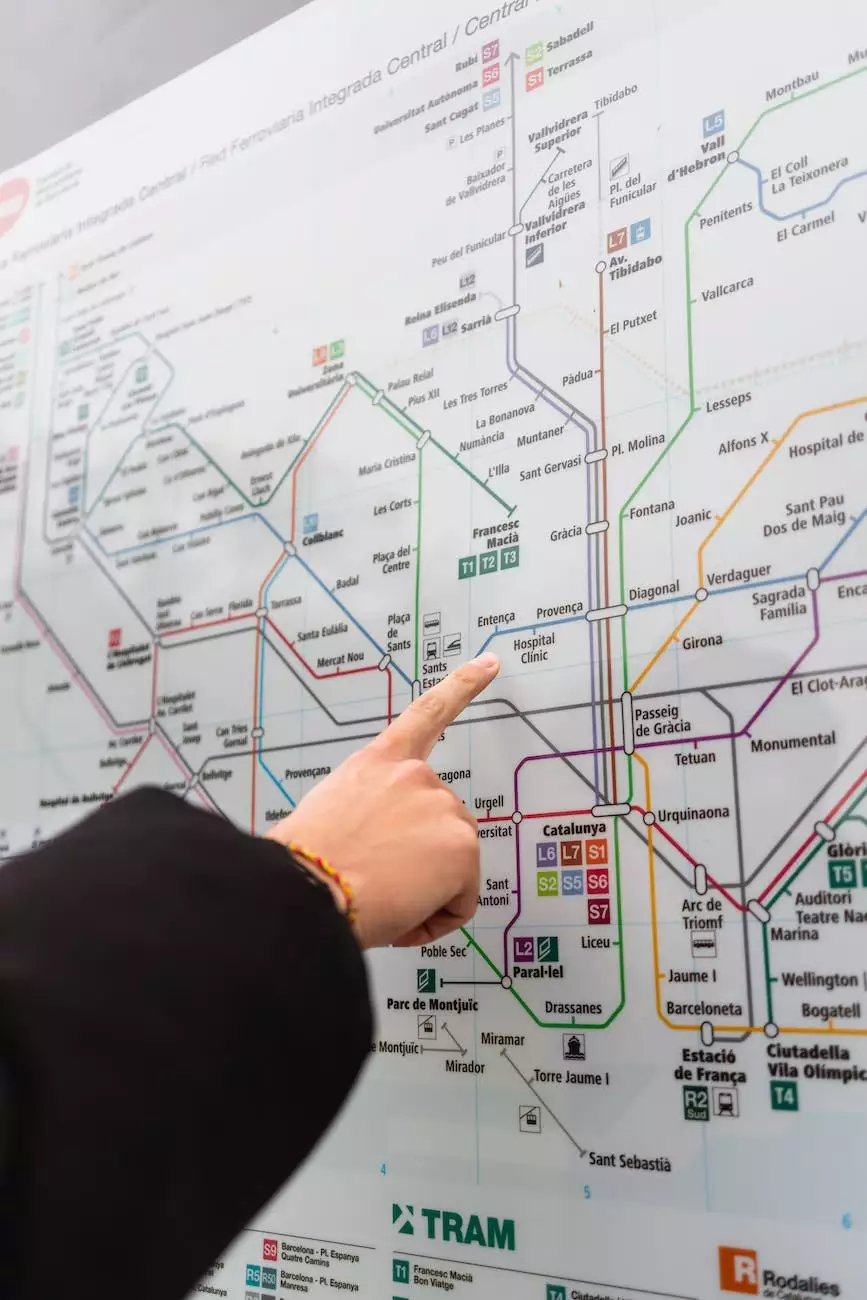Fonts & Typefaces & Letters, Oh My!

The Importance of Typography in Arts & Entertainment
When it comes to the world of arts and entertainment, the power of typography should not be underestimated. Fonts, typefaces, and letters play a vital role in capturing attention, evoking emotions, and conveying messages in various artistic mediums.
The Influence of Fonts on Visual Communication
Fonts and typefaces are not just simple tools for reading and writing; they are distinct and powerful visual elements that can enhance artistic expressions. Different font styles have the ability to evoke specific moods and convey unique meanings. From bold and assertive to elegant and delicate, fonts can create a visual language that amplifies the impact of any artwork or design.
The Evolution of Typography
Typography has a rich history that spans centuries. From ancient manuscripts to modern digital designs, the evolution of typography reflects the evolution of human communication. Over time, different typefaces and letterforms have emerged, each influenced by cultural, technological, and artistic developments.
The Birth of Typeface Categories
The classification of typefaces into different categories is a testament to the diverse range of typographic styles available today. From serif to sans-serif, script to display, each category possesses its own unique characteristics that can contribute to the overall artistic aesthetic.
Exploring Typeface Families
Within each typeface category, there are numerous font families that offer various weights, widths, and styles. Typeface families allow designers and artists to achieve consistency and flexibility in their visual compositions. By selecting the ideal combination of fonts, they can create harmony, contrast, and visual hierarchy, enhancing the overall impact of their work.
The Intersection of Typography and Artistic Expression
In the realm of arts and entertainment, typography is an essential component of creative expression. From poster designs to book covers, logo branding to advertising campaigns, typography can captivate audiences and convey the essence of the artist's vision.
The Role of Typography in Graphic Design
Graphic designers understand the power of typography in creating compelling visual narratives. Through the careful selection, arrangement, and manipulation of fonts, they can establish a harmonious blend of form and function, effectively communicating the intended message.
The Artistry of Hand-Lettering
In a digital age dominated by standardized fonts, the art of hand-lettering stands out as a unique craft. Hand-lettering adds a personal touch to any artistic project, infusing it with authenticity and character. Each hand-drawn letter carries the artist's individual expression, making the final product truly one-of-a-kind.
Typography in Motion: Kinetic Typography
With advancements in technology, typography has extended its reach into the world of animation and motion graphics. Kinetic typography, the art of animating moving text, allows designers to combine the power of typography with dynamic visuals and audio, creating captivating cinematic experiences.
The Art of Creating a Typeface
Behind every beautiful font or typeface lies hours of meticulous design and craftsmanship. Type designers invest their expertise and creativity to create fonts that blend aesthetics, legibility, and functionality. From sketching initial concepts to fine-tuning spacing and kerning, the process of creating a typeface is a labor of love.
The Anatomy of Typography
Understanding the anatomy of typography is crucial for designers and enthusiasts alike. Learning about terms such as ascenders, descenders, x-height, counters, and ligatures allows a deeper appreciation of the intricacies and technicalities involved in creating and working with different typefaces.
The Impact of Digital Typography
As the digital landscape continues to shape our world, typography has also adapted to meet the demands of the online realm. Web fonts, responsive design, and scalable vector graphics have revolutionized the way typography is used in website design, ensuring optimal readability and accessibility across devices.
Typography as Visual Art
Typography has transcended its traditional role as a means of communication and has become a form of visual art in its own right. From typographic posters to experimental installations, artists push the boundaries of typographic expression, using letters and typefaces as their primary creative medium.
Celebrating the Diversity of Typography
The world of typography is a vibrant and diverse ecosystem, with countless fonts, typefaces, and letterforms to explore. Each brings its own flavor and potential for artistic innovation. By embracing the rich tapestry of typography, artists, designers, and enthusiasts can unlock new realms of creativity and captivate audiences with their unique visual stories.
The Future of Typography
As technology continues to advance and creative boundaries are continually pushed, the future of typography holds exciting possibilities. From variable fonts to augmented reality typography, the intersection of innovation and typography promises to shape the artistic landscape for generations to come.
Embracing Typography in Your Artistic Journey
Whether you are an aspiring artist, a seasoned designer, or simply an admirer of the arts, exploring and experimenting with typography can ignite fresh perspectives and add depth to your creative journey. The world of fonts, typefaces, and letters is an invitation to unlock your artistic potential and discover new realms of expression.










